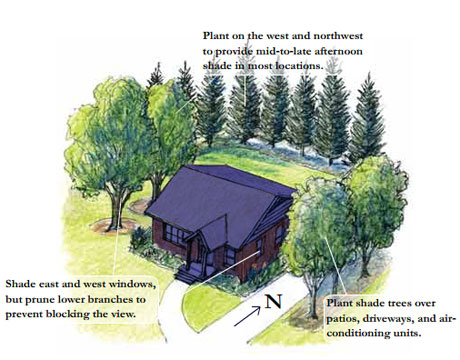1. Gives you time to reflect
What I realized, when I actually had the time to think about it, was that blogging was introducing a lot of stress into my life. The stress wasn’t because I didn’t enjoy writing my posts. The stress was caused by the pressure I was putting on myself by trying to adhere to a regular posting interval. Since I have started my blogging back up, I have vowed not to let some set posting interval determine when I publish a post. I understand that this goes against all conventional wisdom when it comes to blogging. But I really don’t care. I do this because I love it and I run the show, not conventional wisdom.
2. Revitalizing
I think we all need a break from things every now and then. Whether it be taking college classes or working extra hours at our regular jobs. We need to get away from it for a while. Granted, by taking a break from my blogging, my Alexa rating went from roughly 150K to 400K. I worked really hard to get it down to 150K, but now I am determined to work to get it back there, and even lower. Daniel allowing me to guest post here on Daily Blog Tips, is certainly a step in the right direction. I have a renewed vigor and energy to work on my blog and improve the content. I am revitalized and I know that, without that break, I wouldn’t feel this renewed vigor.
3. Therapeutic
As stated earlier, I was feeling the stress of having to post regularly to my blog. Once I was able to get away from the process for a while, the stress disappeared. It was extremely therapeutic for me. The thing is, I didn’t make a conscious decision to stop blogging. It was a personal loss in my family that consumed my life. I don’t think I could’ve written anything even if I tried. But, I realized, after it was forced on me, that I truly needed the break. I think sometimes we get so entrenched in doing something that we don’t realize that it may be adding stress to our lives. If I was to give you a bit of advice, take a step back and ask yourself “Is blogging still fun for me?” If the answer is “No”, then I suggest that a break may be just what the doctor ordered.
4. Reinforces your love of writing
Running a blog can be extremely time-consuming. Anyone who is reading this, assuming you run your own blog, understands that fact. Sometimes we get so caught up in the process, that we forget why we started blogging in the first place. I started my blog because I have always enjoyed writing. Taking that break reminded me how much I truly do love to write. It’s been something I’ve loved since I was a child sending actual snail-mail letters to loved ones across the country. If you find your love of writing waning from the pressure of blogging, a break may just remind you how much you do love to write.
5. Helps you appreciate your blogging buddies
I have met a number of special people through my blog. A number of these blogging friends contacted me when they noticed that there was a break in my blog posts. They felt that there must’ve been something wrong in my world, and they were right. The kindness that these friends showed me was touching. Granted, these are people I have never met in person, and they went out of their way to send their best wishes. It really gives you an appreciation not only of blogging friends, but of humanity.
I hope, for your sake, that a break in your blogging is not forced by a personal loss or tragedy in your world. But, if you are finding that blogging is adding stress to your life, consider taking a break. You may find that some time away, could revitalize you, and immeasurably improve your blog, in the long run.


